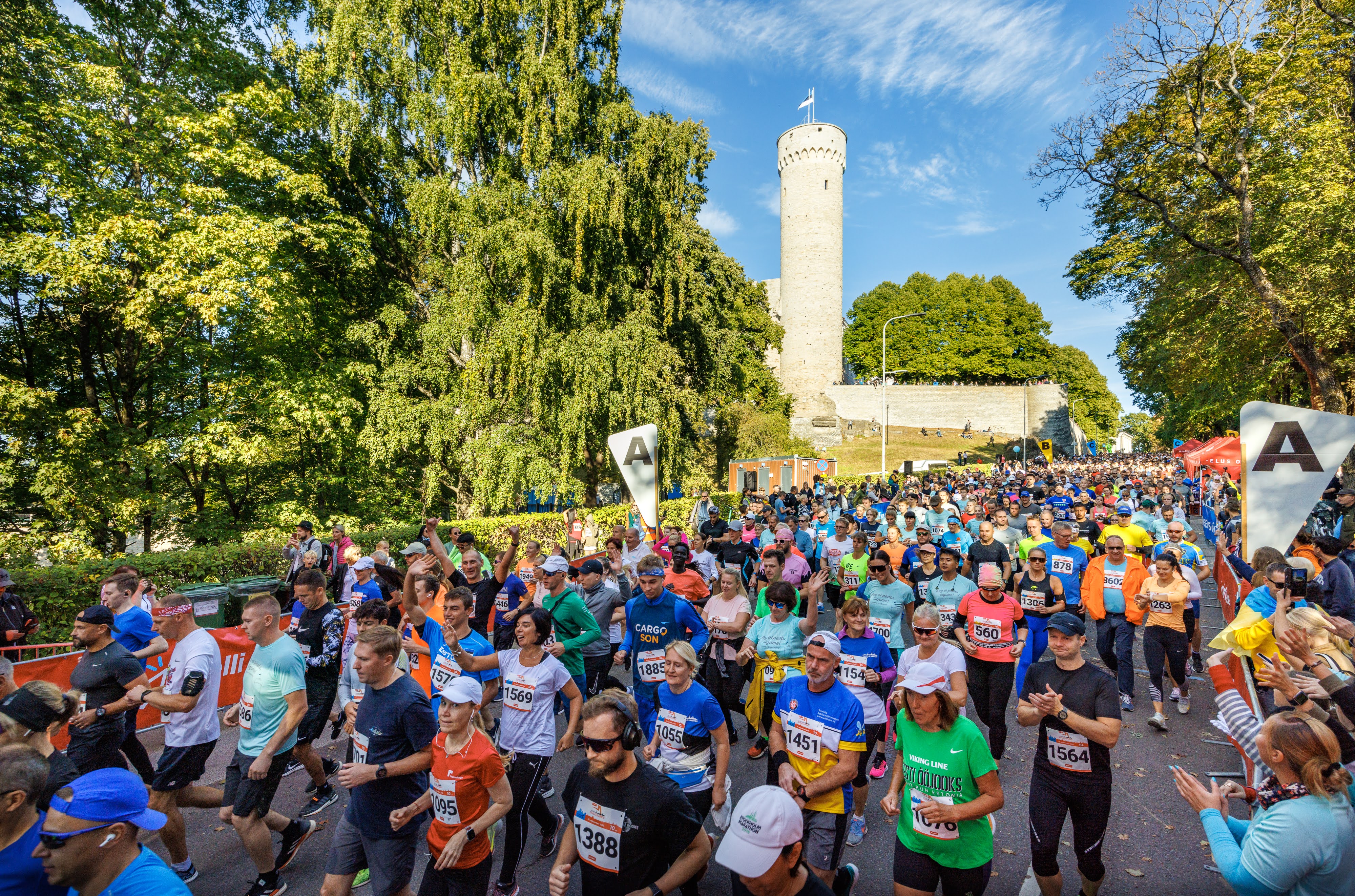September 24 is Day of Nationalities in Estonia. The Cultural Diversity Year working group is looking forward to celebrating it this year from September 14 through 30 with various events across Estonia.
Day of Nationalities is dedicated to the national communities living in Estonia. It was created in 2005 by the Estonian Union of Nationalities with the aim of bringing together Estonian communities and the communities of other nationalities living in Estonia. Since then, Day of Nationalities has been celebrated with various events all over Estonia.
The ongoing Cultural Diversity Year provides an opportunity to celebrate Day of Nationalities on a larger scale than ever before – in every county and with the participation of even more communities. The theme-year working group has compiled all the information about the events together in one programme.
From September 14 through 30, we invite everyone to participate in concerts, exhibitions, lectures, workshops and other events related to different national cultures. The programme can be found on the Cultural Diversity Year website www.kultuuririkkus.ee from September 7.
On Day of Nationalities in Estonia (Tuesday, September 24), the working group of the Cultural Diversity Year calls on people to hang the Estonian flag on their homes, wear folk costumes or add national elements to their clothing.
The programme for celebrating this year's Day of Nationalities is being prepared in cooperation with the Estonian Union of National Minorities, the Estonian Folk Culture Centre, The Association of Estonian Cultural Societies, Tallinn Culture & Sports Department and the cultural associations of various nationalities.
The Cultural Diversity Year is a theme year that takes place under the auspices of the Ministry of Culture and the Integration Foundation with the aim of celebrating the diversity of the cultures of Estonian communities and the peoples living in Estonia. More info: www.kultuuririkkus.ee.


